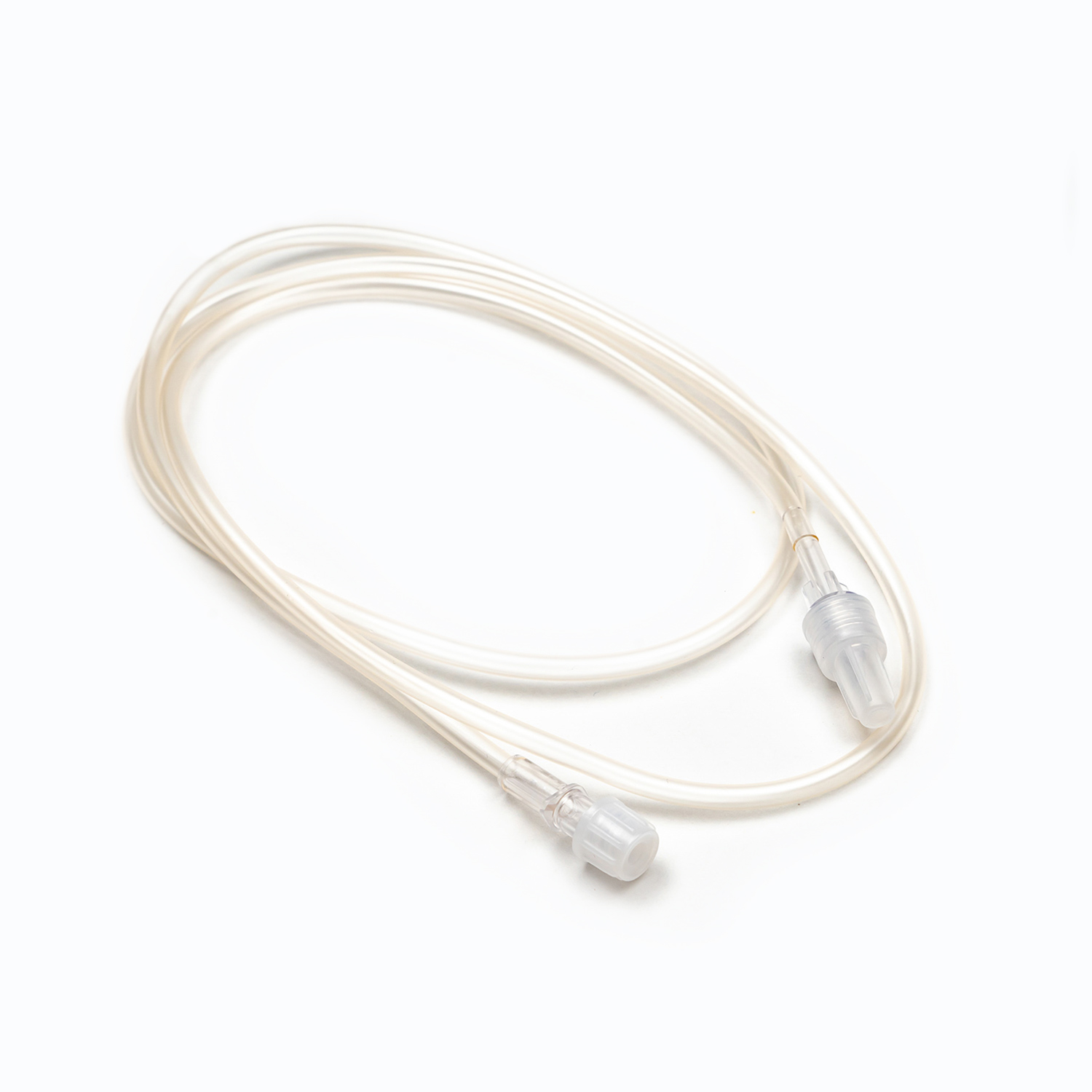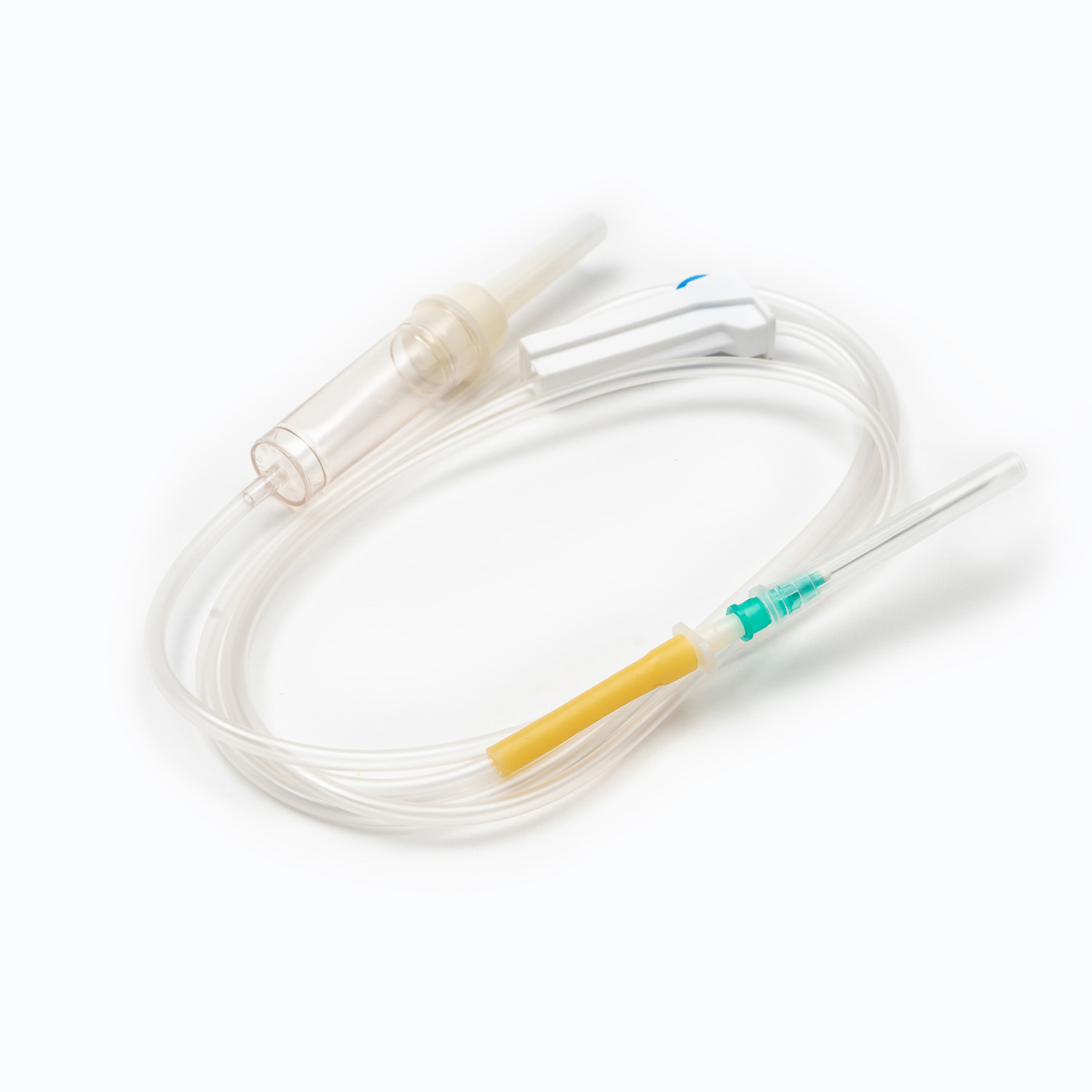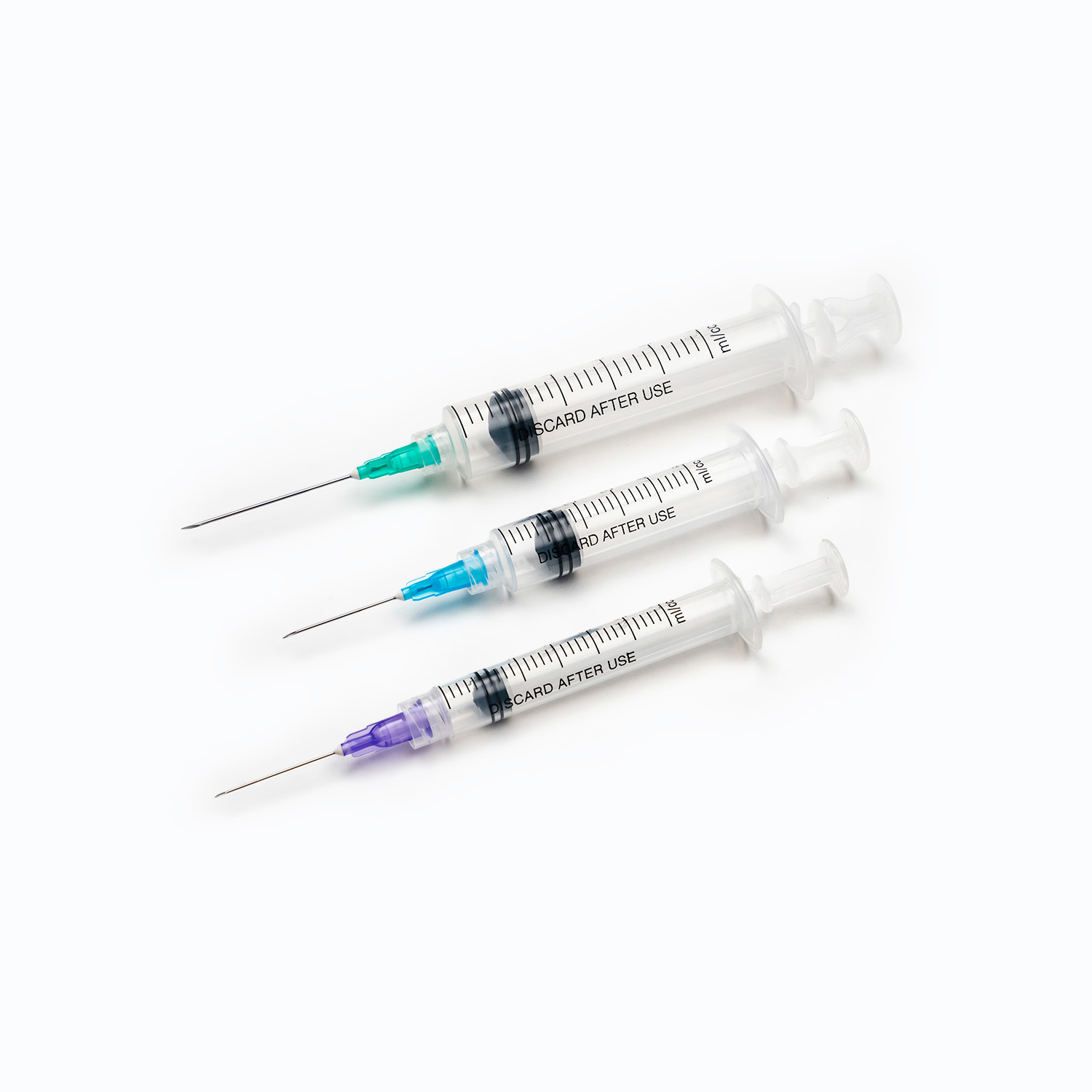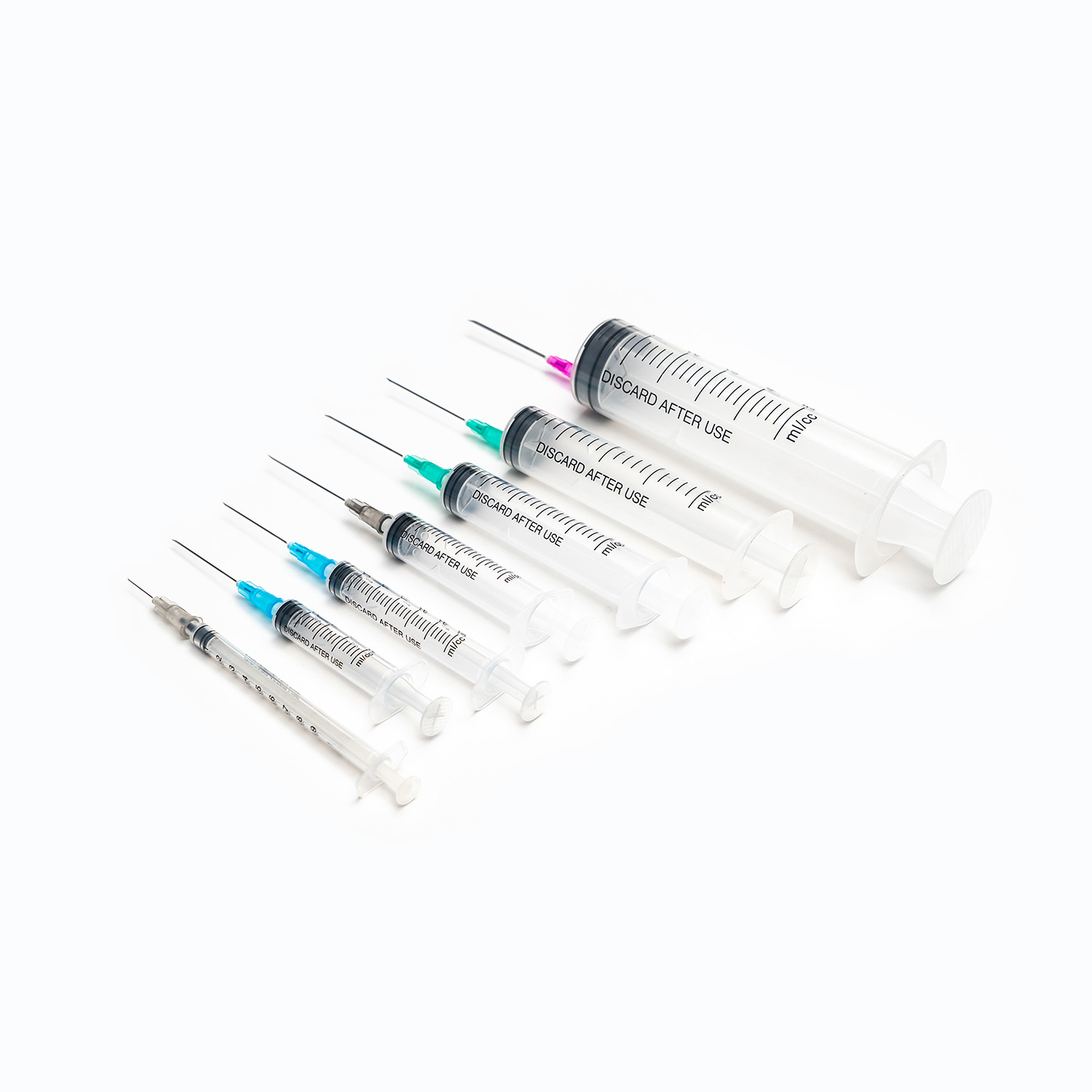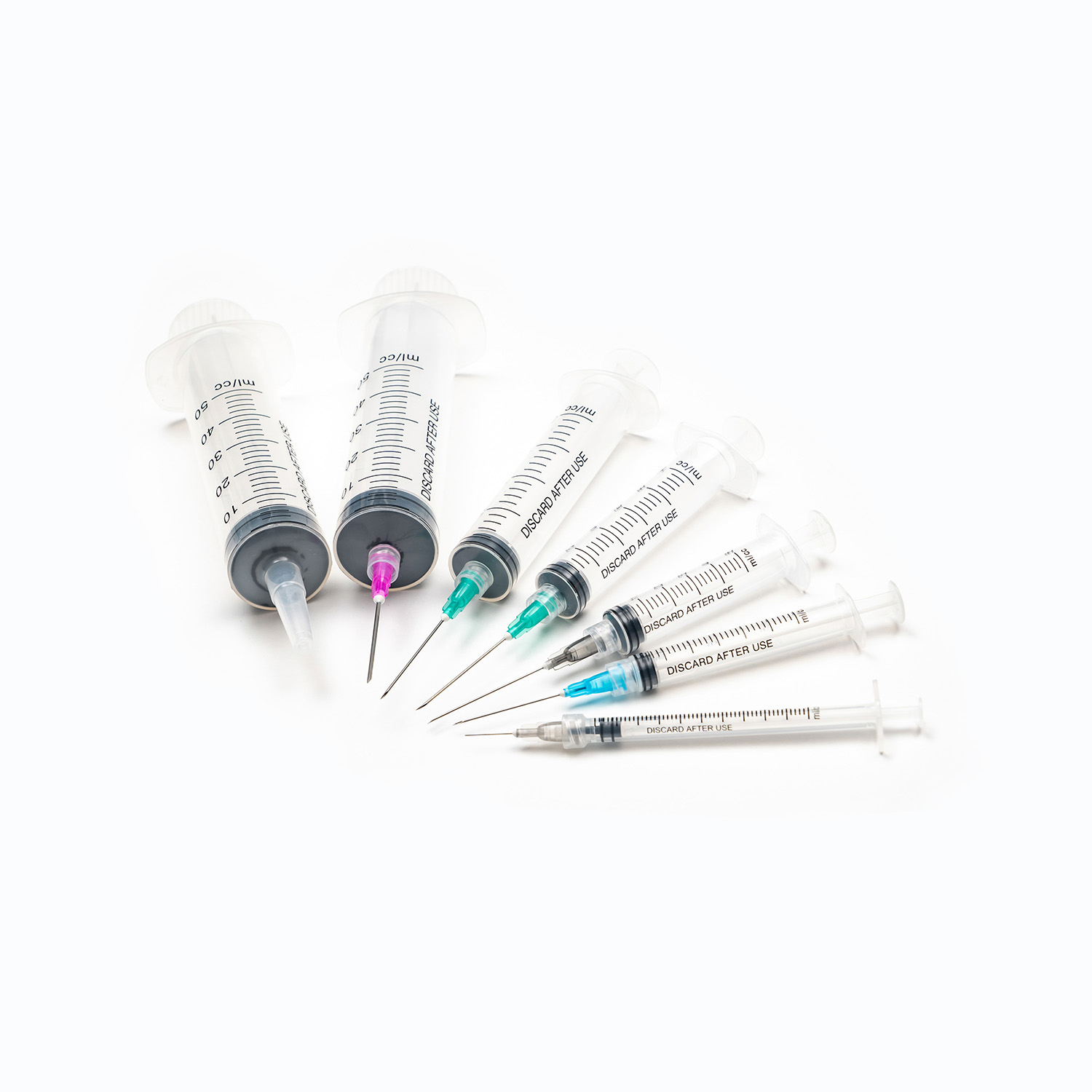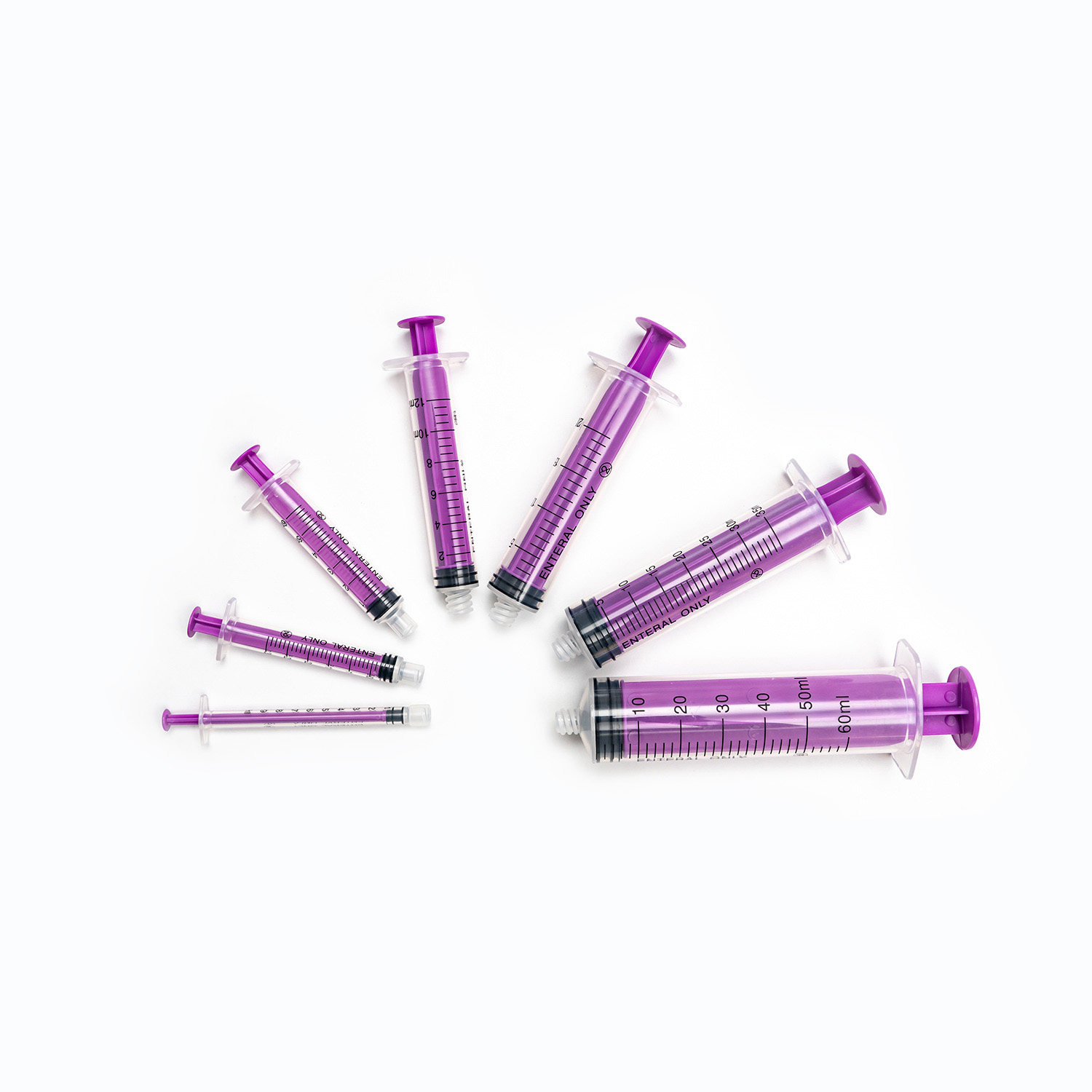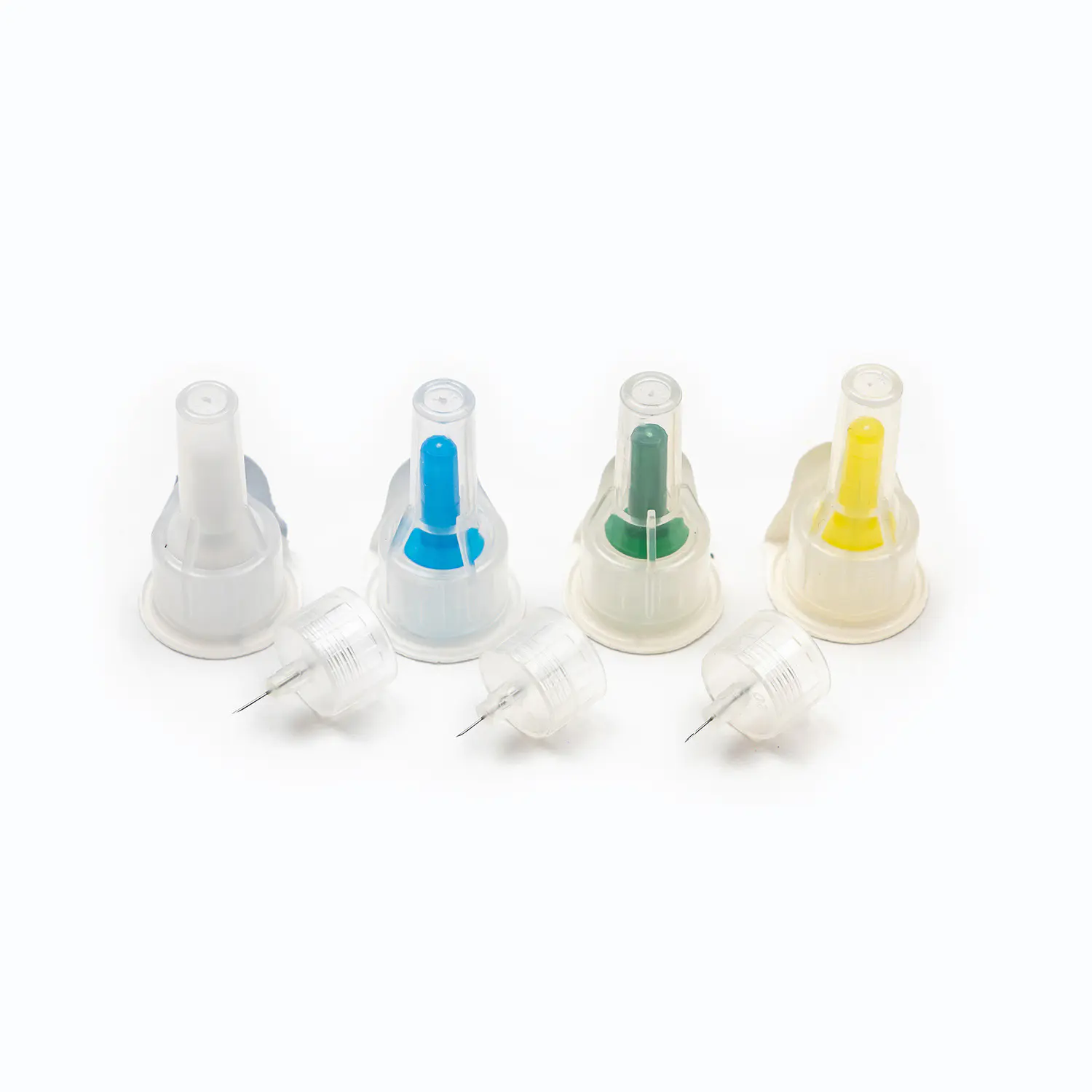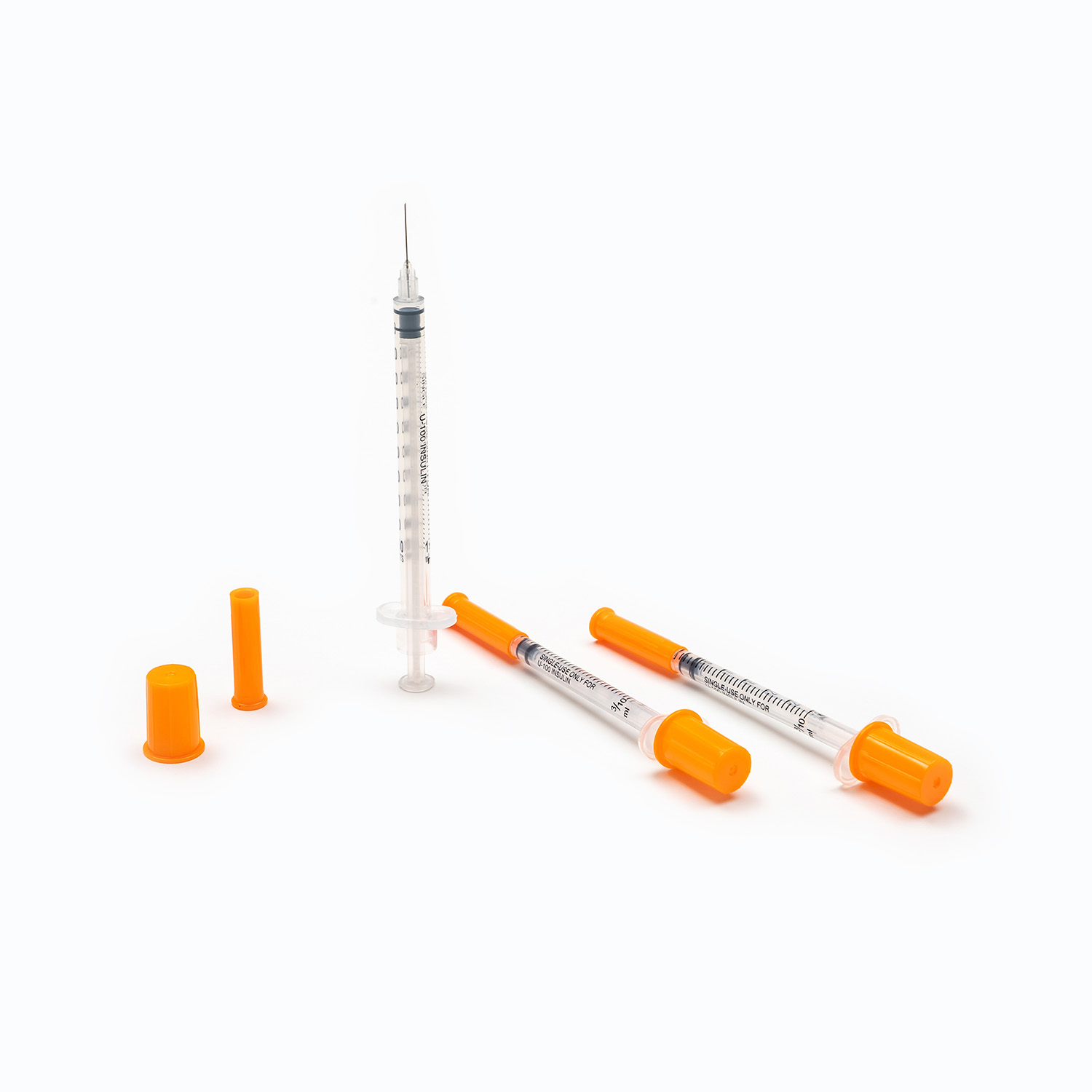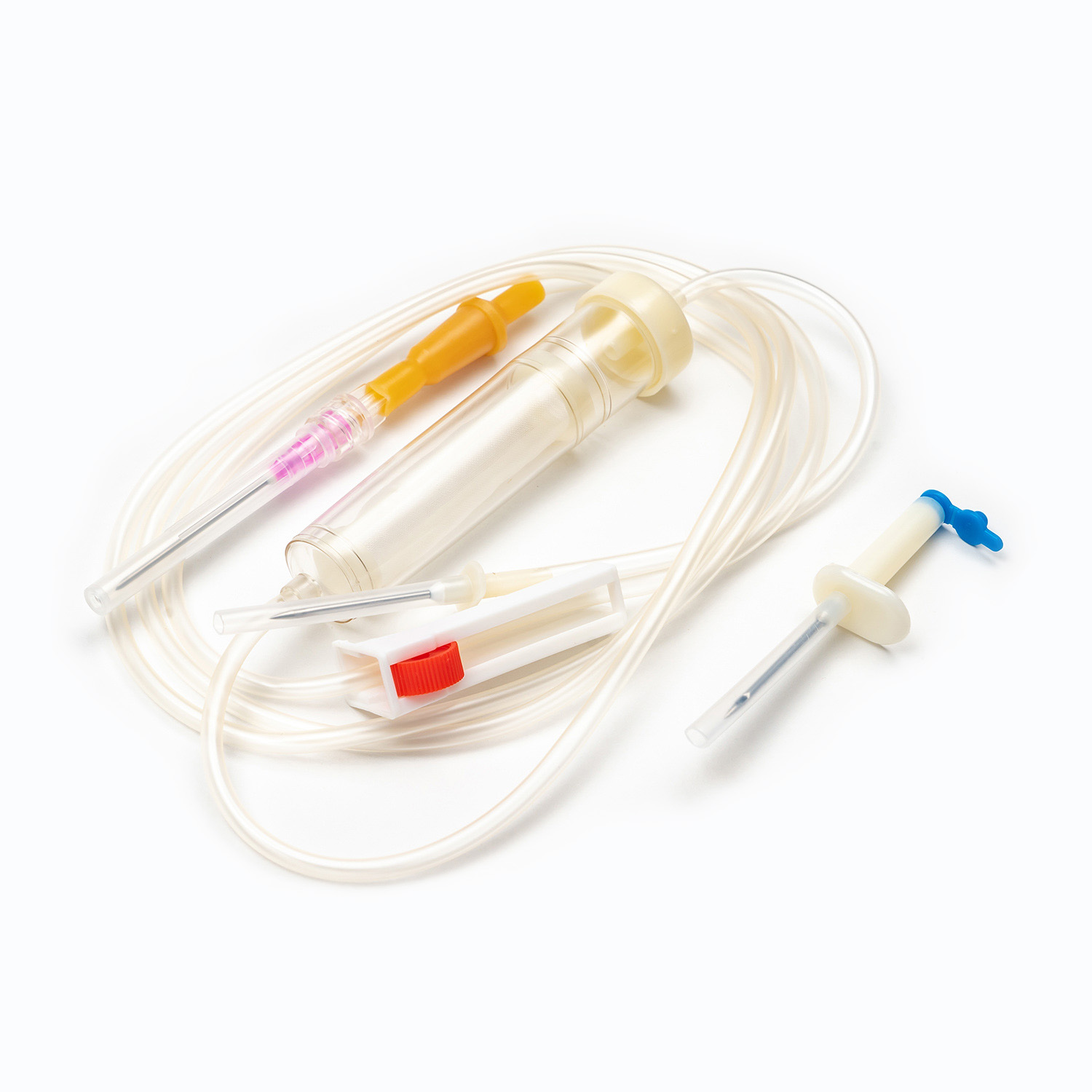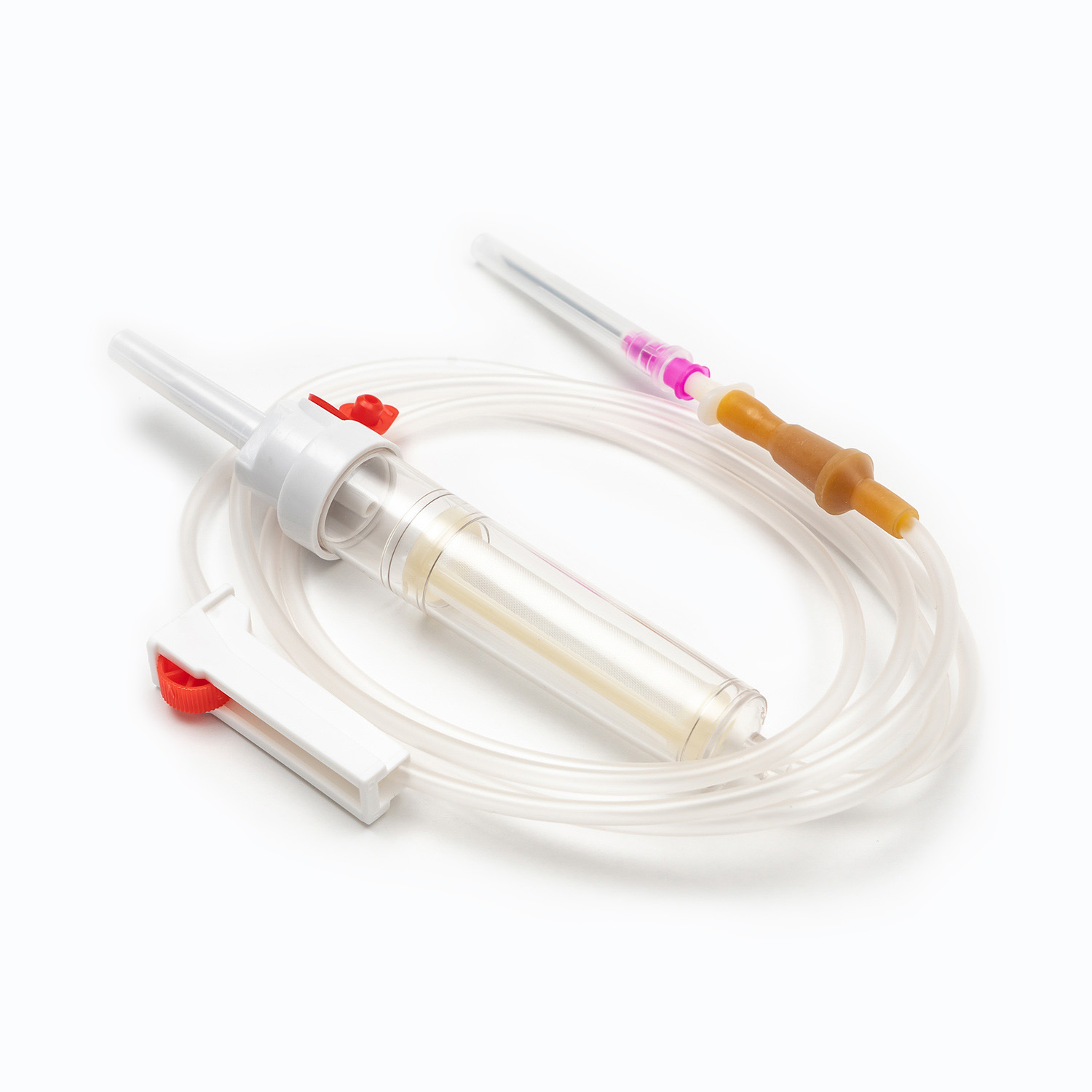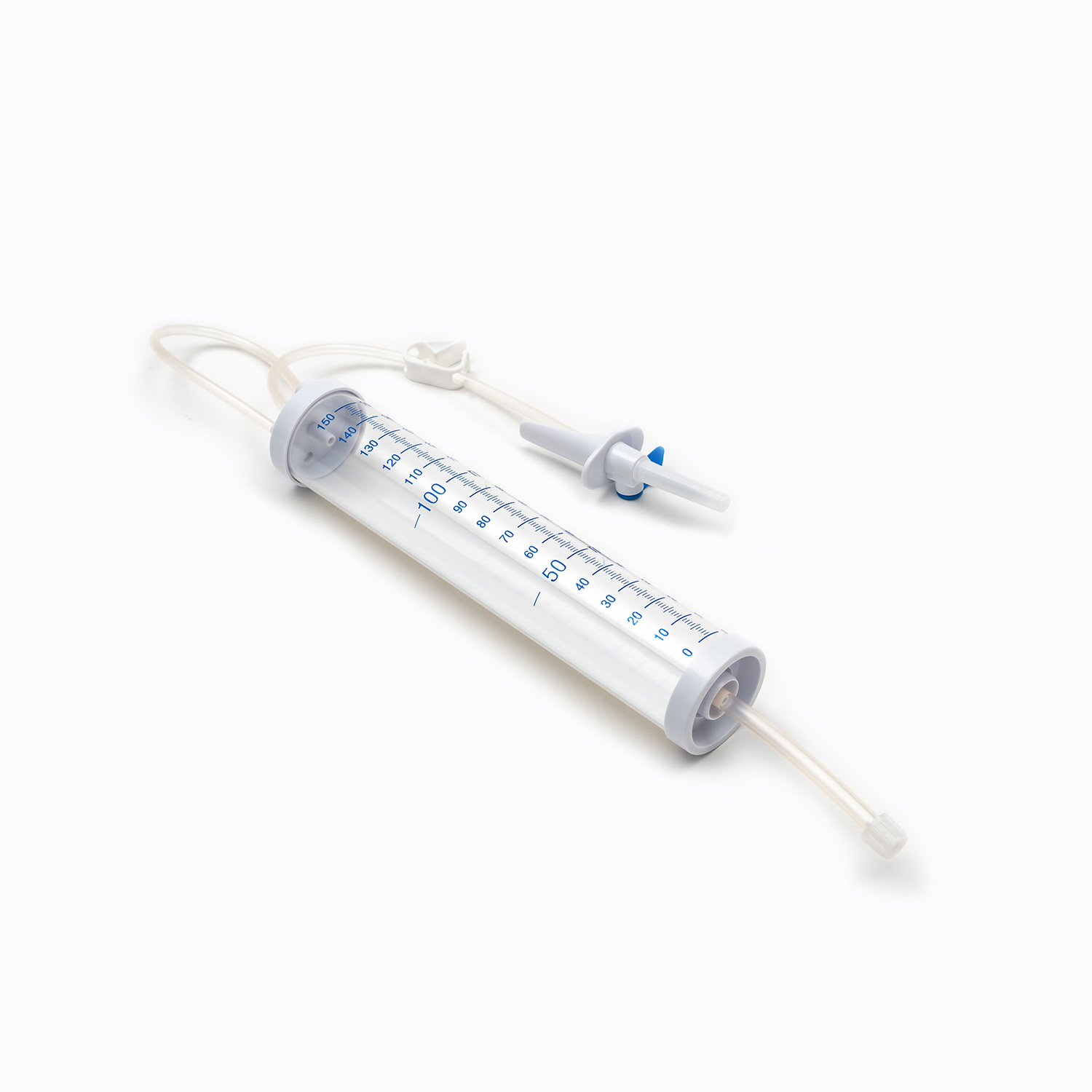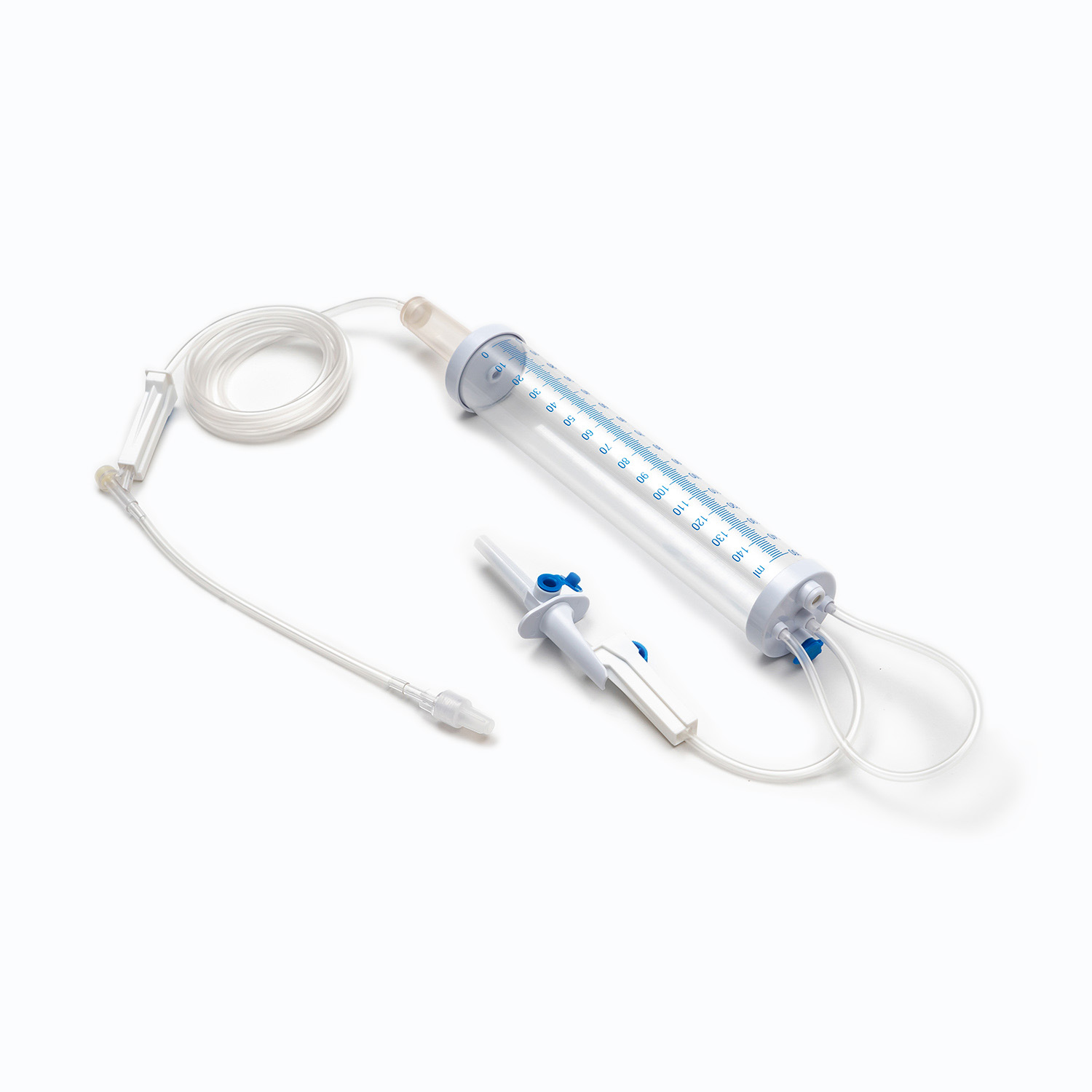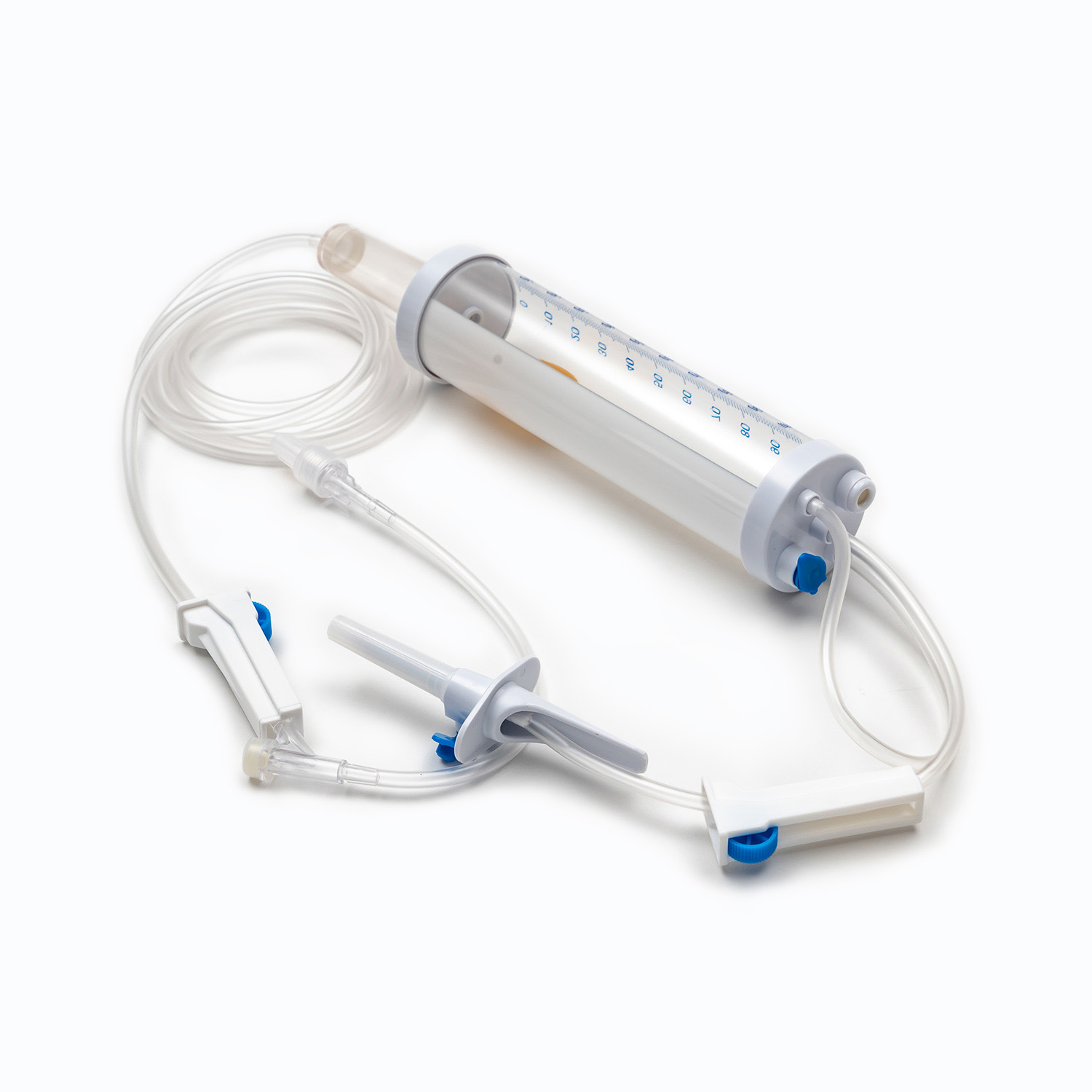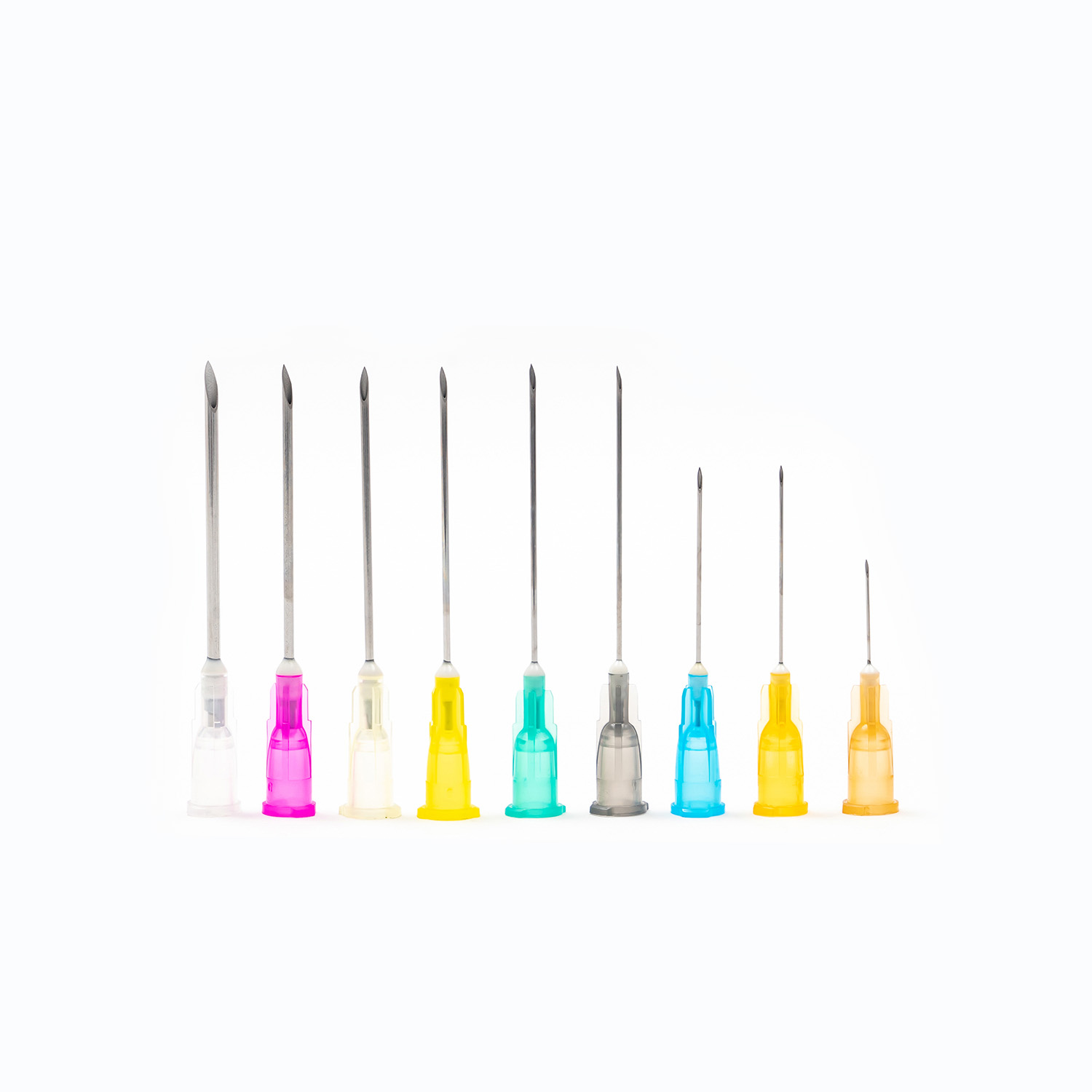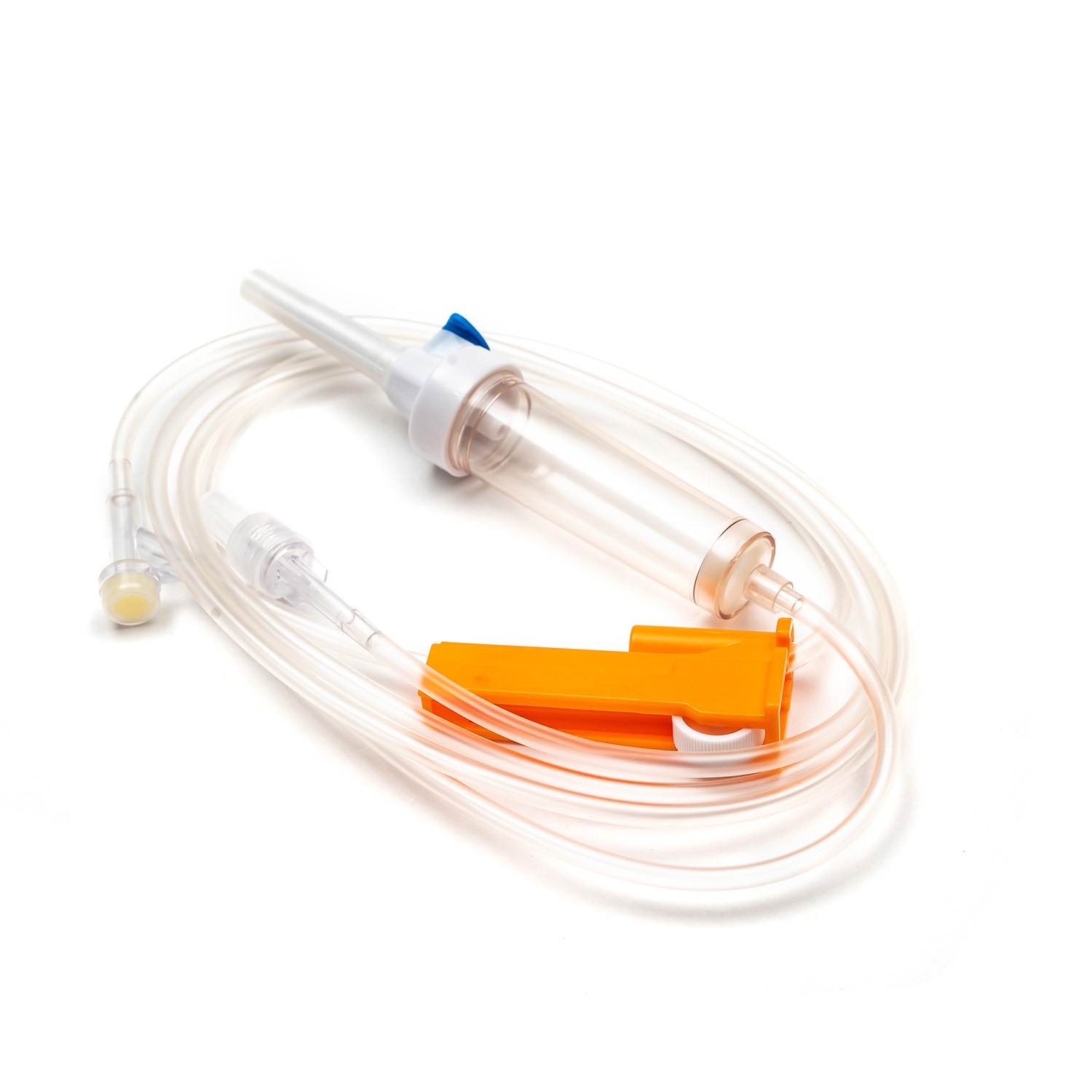Unveiling the Dental Needle: The Invisible Guardian Behind Painless Treatment
Aug 22,2025
In dental care, a seemingly small yet crucial tool directly impacts patient pain and treatment safety: the dental needle. While many may be intimidated by it, this delicate piece of metal carries the crucial mission of precise drug delivery and efficient treatment, making it an indispensable invisible guardian in modern painless dental care.
Material Selection: A Precise Balance of Sharpness and Toughness
The material selection for dental needles is no accident; it's the result of years of optimization in clinical practice. Currently, mainstream dental needles are primarily based on high-quality stainless steel, a material that possesses sufficient hardness to maintain a sharp edge while possessing the appropriate toughness to prevent breakage during operation.
Stainless steel's corrosion resistance is also crucial. It remains stable in contact with oral saliva, blood, and various disinfectants, effectively reducing the risk of infection caused by material degradation. Some high-end dental needles feature a special surface treatment, creating an extremely thin lubricating film. This not only reduces resistance during puncture but also minimizes frictional damage to oral soft tissue, enhancing patient comfort from a material perspective.
Design Details: Hidden Ergonomic Considerations

The design of dental needles reflects a deep understanding of oral anatomy and operational principles. The angle of the needle tip is a key element of the design. Different needle angles are suitable for different injection sites. Sharper angles are ideal for areas with thinner mucosa, enabling faster puncture and reducing pain; while blunter angles are more suitable for deep tissue injections, minimizing the risk of puncturing blood vessels or nerves.
Needle length is also precisely tailored to treatment needs. Shorter needles are typically used for injections in the front of the mouth, while longer needles are suitable for deeper tissue or posterior areas. A special seal design at the connection between the needle and the syringe ensures an airtight seal during drug delivery, preventing leakage, while also ensuring stability during operation, allowing the practitioner to more precisely control injection depth and speed.
Disinfection and Safety: The First Line of Defense for Treatment Safety
The risk of cross-infection is ever-present in dental practice, and the sterilization of dental needles is crucial to mitigating this risk. Disposable sterile dental needles have become the industry standard. Their production process undergoes rigorous sterilization, with every step from raw materials to finished product maintained under sterile control.
Used needles are classified as medical waste and handled specifically to prevent secondary contamination from improper disposal. This "one needle, one sterilization" approach not only ensures patient health and safety but also provides occupational protection for medical staff, making it a crucial component of modern dental safety systems.
Technological Innovation: Towards a More Comfortable Treatment Experience
With the continuous advancement of dental technology, patients' demands for treatment comfort are also increasing, driving the continuous advancement of dental needle technology. The emergence of new ultra-fine needles minimizes pain during puncture. The specially ground tip reduces tissue damage, making the injection process gentler.

Dental needles embody the epitome of the advancement of dental treatment technology. From material selection to design optimization, from disinfection standards to technological innovation, every detail of improvement is centered around the core goals of "safety, precision, and comfort." With the continuous advancement of technology, we have reason to believe that future dental needles will be even more user-friendly, providing patients with an easier and more reassuring diagnosis and treatment experience. Dental treatment will no longer be associated with pain, truly becoming a powerful aid in protecting oral health.



 English
English Français
Français русский
русский Español
Español
